French Horn Fingering Chart
How To Use A Fingering Chart
It can be helpful to have a fingering chart when you are beginning a new instrument. The french horn is like most brass instruments in that you use valves to change pitch. What makes the french horn more challenging is the number of alternate fingerings, both thanks to its overtone series and having a b-flat side to the instrument.
I've always found it helpful to start to learn fingering through scales. This will help you get comfortable with fingerings in a given key.
Once you have the basics, go to real music and try to play through a passage. When you encounter a note you don't know look at your fingering chart. Take a pencil and write the fingering under the note. Practice the passage slowly so your fingers can get a feel for the passage. Once you feel comfortable (usually after three times through the passage), erase the written fingering. Play through the passage a few more times slowly and see if you remember the fingering. If you forget, write the fingering back in.
How To Hold The French Horn
To use a fingering chart correctly, you have to first make sure your fingers are in the right place! To hold a french horn correctly:
Left-Hand Placement
- Start by making a relaxed "C" shape with your left hand.
- Place the index finger on your left hand on the key closest to you. This is also called the "first valve."
- Place your middle finger on the next key or second valve.
- Place your ring finger on the key furthest away from you. This is the "third valve."
- Your thumb should rest on the trigger if you are playing a double-horn, or in a ring, if you are playing a single horn.
- Your pinky finger should rest inside the pinky ring.
Right Hand Placement
The right hand is important for creating a clear tone and controlling intonation.
- Put your fingers together as if you are making a "karate chop."
- Now relax your hand so your fingers begin to gently curve.
- Relax your thumb so that it makes a flat surface with your index finger. This is where the weight of the horn should sit if you are holding the bell off the leg. You should feel the weight of the instrument around your knuckles.
- The palm of your hand should be able to move freely to adjust the intonation and to easily "stop" the horn.
Common Alternate Fingerings For The French Horn
The French horn is one of the most challenging instruments to play because of where the performance range sits in the harmonic series. That is a fancy way of saying that the notes "feel" really close together.
Any 1st & 2nd valve combination can be played with the 3rd valve. Most open valve combinations can also be played with 1st and 3rd valves.
They are alternate fingerings because they are typically less stable (meaning it is easier to miss the note and will probably be out-of-tune). It's much easier to find stable and in-tune alternate fingerings for the french horn when you play on a double horn.
Single, Double, and Triple French Horns
French horns come in different versions - single, double, and even triple horns. The single horn is most commonly pitched in the key of F. The double horn has the F-side of a single horn, but it also has a B-flat side.
It is easier to play in the upper register and lower register on a B-flat horn. This has to do with changes in the harmonic series, or in simple terms, it makes the notes feel further apart and more stable.
The triple horn has F, B-flat, and High F. The high F triple side doesn't make high notes easier (like an octave key), but it does make the notes more stable and easier to tune.
When Should You Use The Trigger On French Horn (the B-Flat Side)
There are two main reasons to use the B-flat side of the french horn.
- When you want to play anything above a G in the staff or below the F below the staff. For example: Playing the top-line F is much easier when using T0 (trigger + open) than it is to use the first valve on the F-horn.
- When the fingering on the F-side is out-of-tune.
In the french horn fingering chart above, you will see both the F-horn recommended fingerings and the B-flat recommended fingerings (in parenthesis).
Reasons To Use Alternate Fingerings
There are a few reasons to use an alternate fingering on the french horn: 1. To make the note easier to play/center. This is why we use the trigger in the high and low registers. 2. To make the note more in-tune. Sometimes you are playing the third of the chord and will want to bring the pitch down. Using a fingering that is naturally more flat could make it easier to keep in tune. Make sure you play slowly with a tuner when considering which alternate fingering is best for you. 3. To make a passage easier to play. Using the ring finger on 3rd valve can be tricky in fast passages. Finding an alternate fingering can make it easier to play fast passage cleanly.
Fingering Chart For The French Horn
| Note | Primary Fingering | Alternate Fingering | |
|---|---|---|---|
| C | 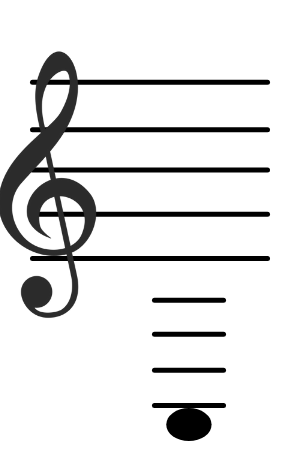 | 0 | |
| C-sharp / D-flat |  | T23 | 123 |
| D | 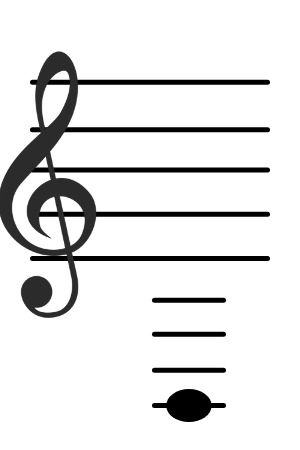 | T12 | 13 |
| D-sharp / E-flat | 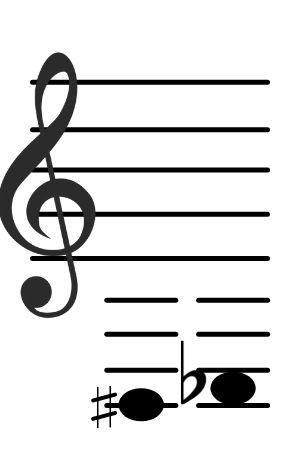 | T1 | 23 |
| E | 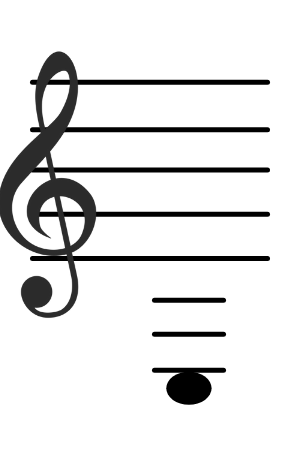 | T2 | 12 |
| F | 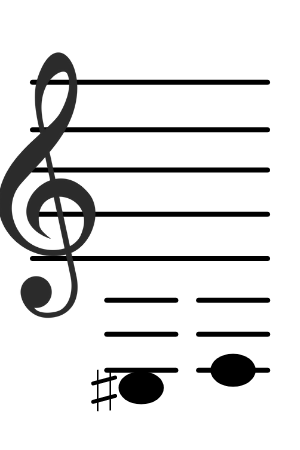 | T0 | 1 |
| F-sharp / G-flat | 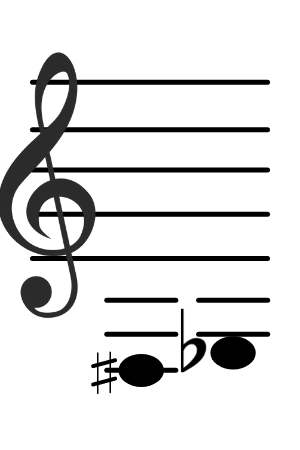 | 2 | 123 |
| G | 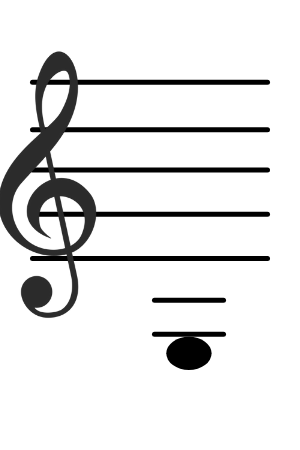 | 0 | 13 |
| G-sharp / A-flat | 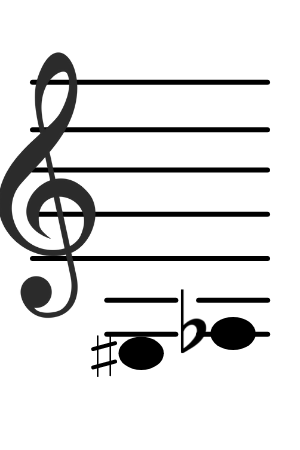 | 23 | T23 |
| A | 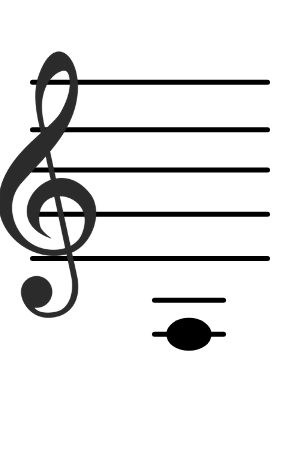 | 12 | T12 |
| A-sharp / B-flat | 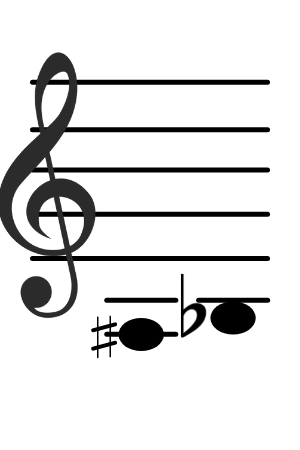 | 1 | T1 |
| B | 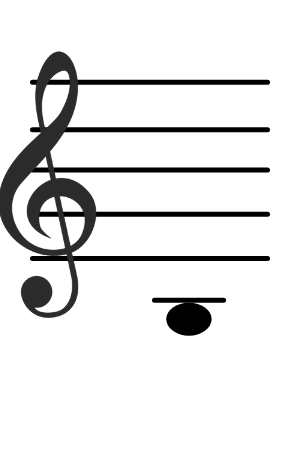 | 2 | T2 |
| C | 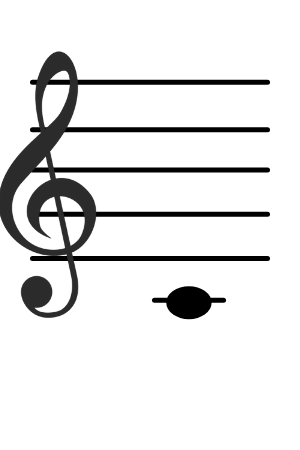 | 0 | T0 |
| C-sharp / D-flat | 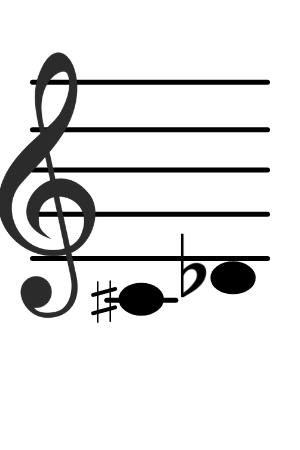 | 12 | T23 |
| D | 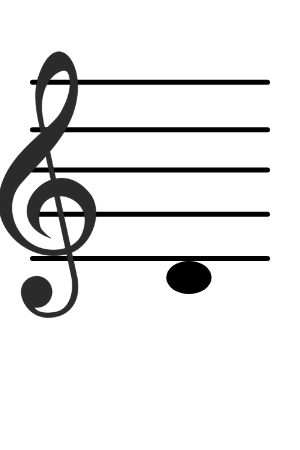 | 1 | T3 |
| D-sharp / E-flat | 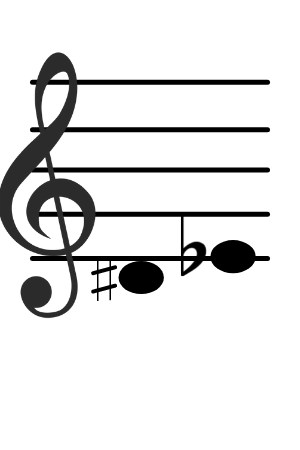 | 2 | T1 |
| E | 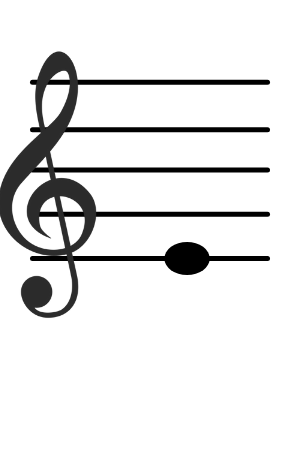 | 0 | T2 |
| F | 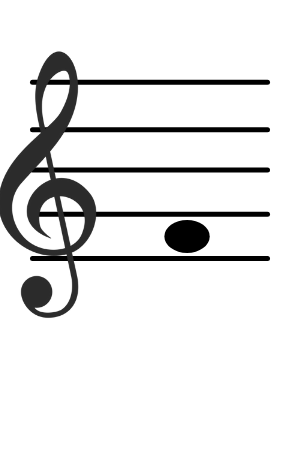 | 1 | T0 |
| F-sharp / G-flat | 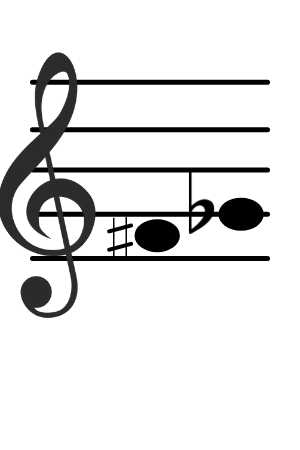 | 2 | |
| G | 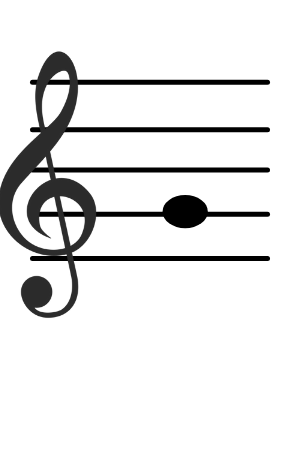 | 0 | |
| G-sharp / A-flat | 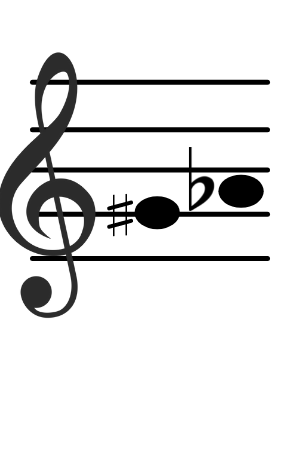 | T23 | 23 |
| A | 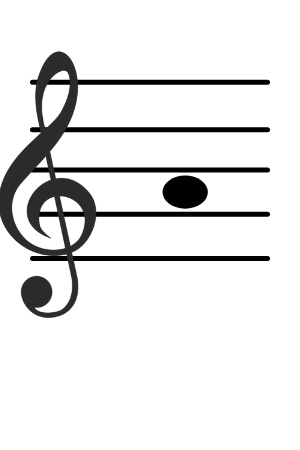 | T12 | 12 |
| A-sharp / B-flat | 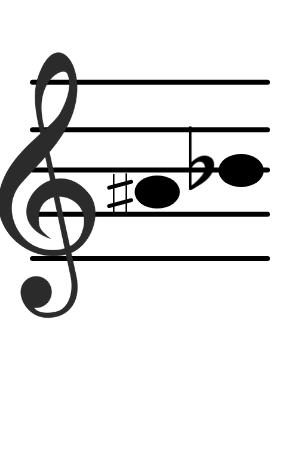 | T1 | 1 |
| B | 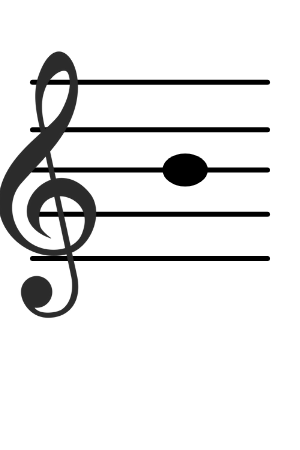 | T2 | 2 |
| C | 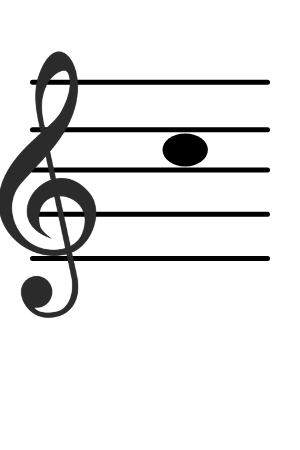 | T0 | 0 |
| C-sharp / D-flat | 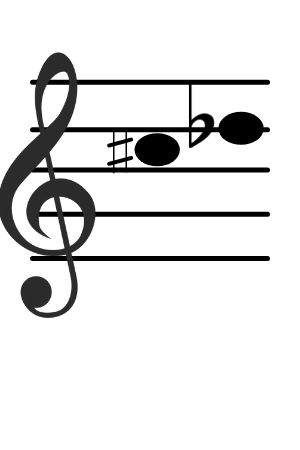 | T23 | 12 |
| D | 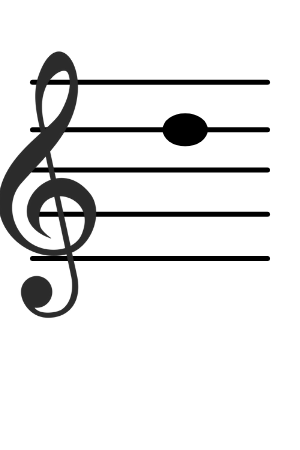 | T12 | 1 |
| D-sharp / E-flat | 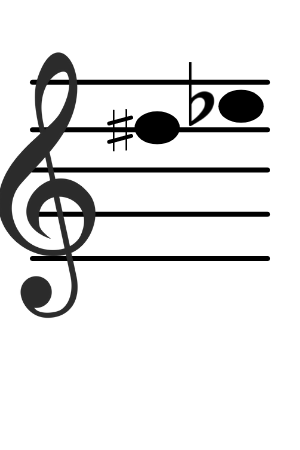 | T1 | 2 |
| E | 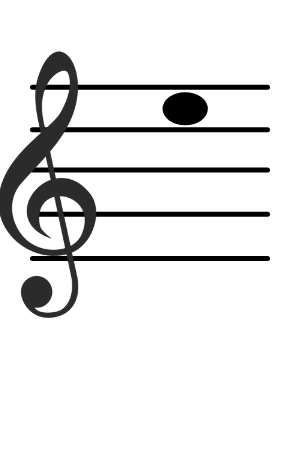 | T2 | 0 |
| F | 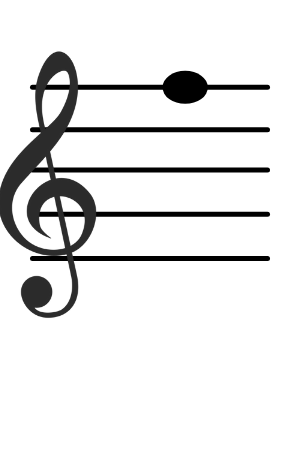 | T0 | 1 |
| F-sharp / G-flat | 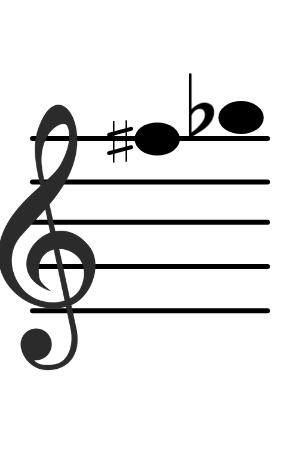 | T2 | 2 |
| G | 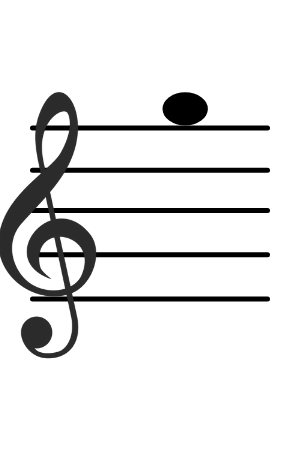 | T0 | 0 |
| G-sharp / A-flat | 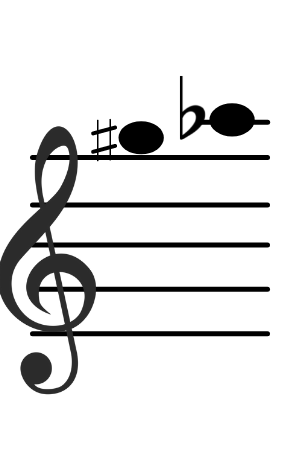 | T23 | T2 |
| A | 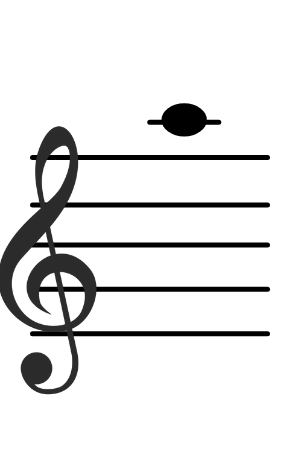 | T12 | 12 |
| A-sharp / B-flat | 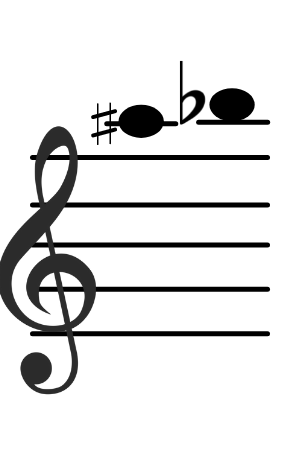 | T1 | 1 |
| B |  | T2 | 2 |
| C | 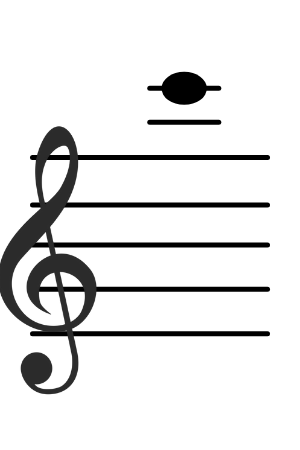 | T0 | 0 |
